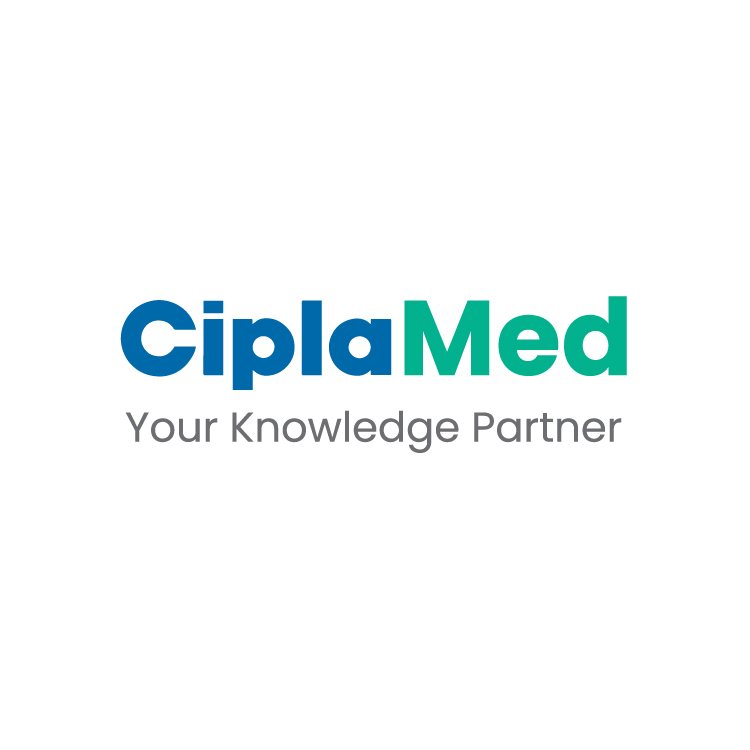Study Question: Is Progestin-Primed Ovarian Stimulation (PPOS) with oral micronized progesterone more effective in suppressing the LH surge compared to dydrogesterone?
Summary Answer: In young women undergoing IVF, PPOS with oral micronized progesterone produced comparable results to dydrogesterone in suppressing LH surge.
What Is Known Already:
PPOS protocols effectively prevent premature ovulation in IVF and are considered cost-effective. Dydrogesterone is commonly used, while micronized progesterone has been proposed as an alternative, though its efficacy remains debated.
Study Design:
- Retrospective observational study of 110 women under 40 undergoing IVF/ICSI at a single center.
- Patients were equally split between dydrogesterone (30 mg TID) and micronized progesterone (200 mg OD).
- All participants underwent IVF/ICSI with PPOS using either oral dydrogesterone or micronized progesterone to suppress LH surge.
- LH levels, oocyte yield, embryo quality, and sleep quality (Pittsburgh Sleep Quality Index) were evaluated.
Results:
- LH levels were significantly higher in the micronized progesterone group on Day 6 (6.64±3.65 vs 5.20±2.53, p<0.05) and trigger day (4.24±2.55 vs 3.34±1.66, p<0.05).
- 9 patients in the micronized progesterone group required switching to antagonist vs 5 in the Dydrogesterone group.
- Sleep quality slightly lower with micronized progesterone but not statistically significant (p=0.761).
- Total oocytes retrieved and Day 3 good-quality embryos were similar between groups (14.27 vs 14.40, p=0.943; 5.49 vs 5.87, p=0.722).
- No adverse drug reactions were observed.
Limitations: As a retrospective study with short duration and small sample size, longer follow-up is needed to assess reproductive outcomes and broader generalizability.
Wider Implications of the Findings: Oral micronized progesterone appears to be a safe, cost-effective alternative to dydrogesterone for LH suppression during ovarian stimulation in IVF cycles.
ESHRE 2025, June 29 - July 2, Paris




